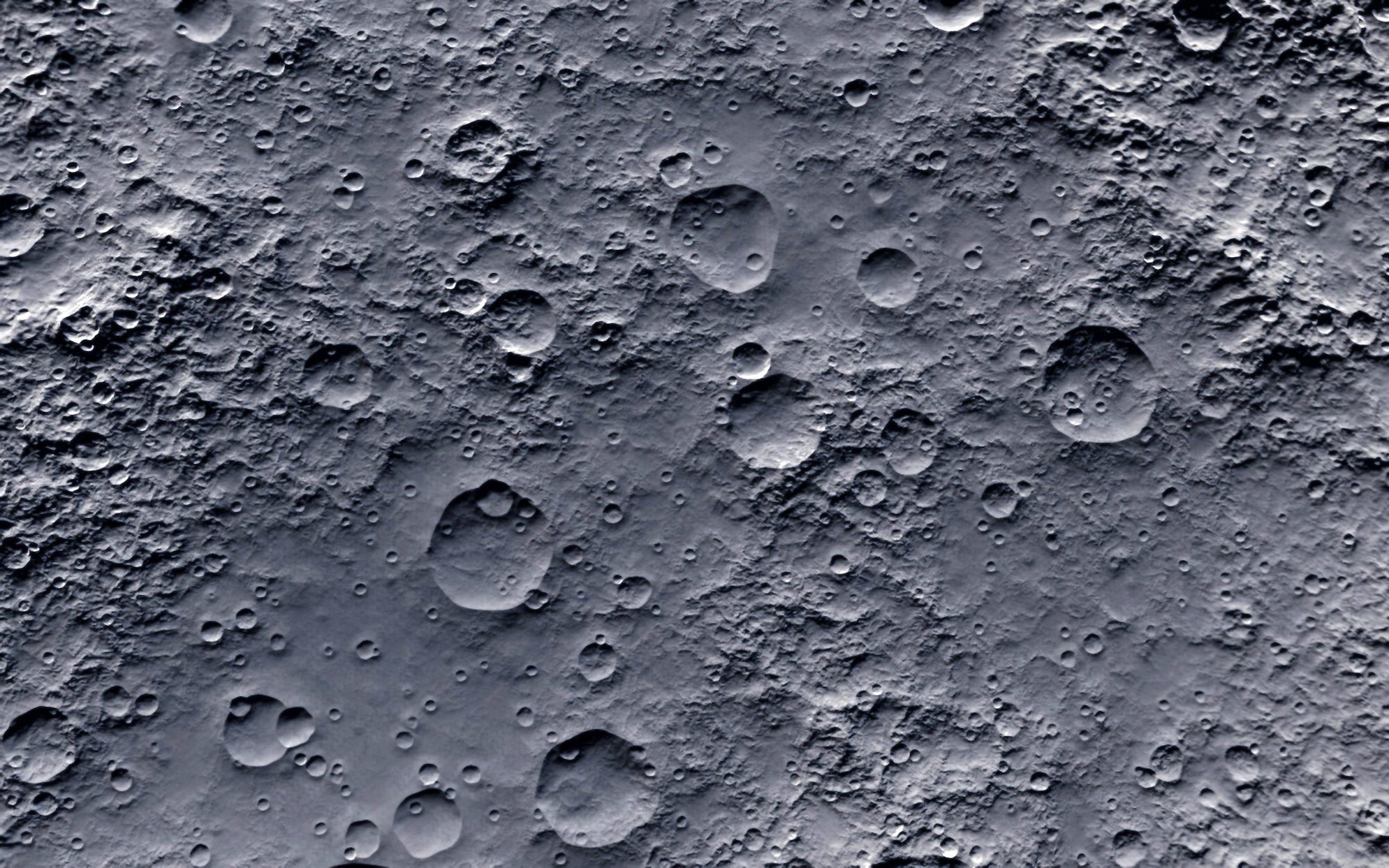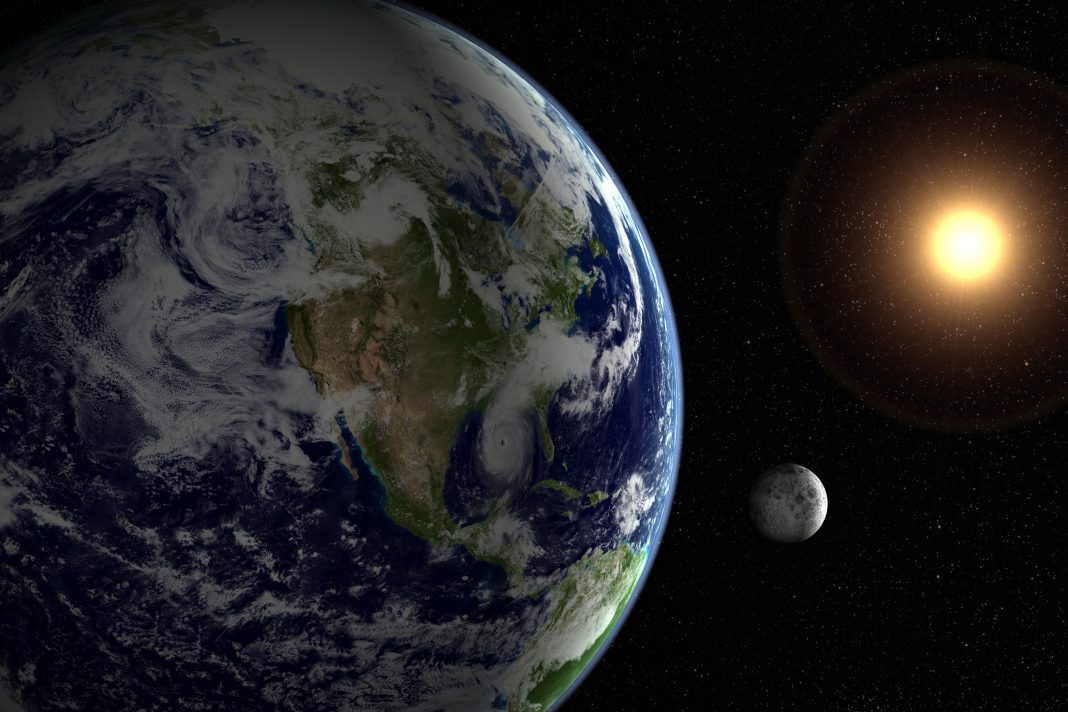Moon dust could be an option to block the sun’s radiation and slow global warming – researchers are looking to intercept a fraction of sunlight before it reaches Earth
As we continue to emit too many greenhouse gases, the Earth’s atmosphere traps increasing amounts of the sun’s energy and increases the Earth’s temperature.
Throughout our battle with climate change, researchers have explored options to block just enough of the sun’s radiation – using screens, objects or dust particles to mitigate climate change and global warming.
All these options have had a projected success rate of decreasing temperatures by 1 to 2% so far, but how would moon dust – which is cost-effective and doesn’t take from Earth’s natural resources – fare?
Researchers from the University of Utah argue that launching moon dust could be a cheap and effective method, looking at different properties of dust particles, quantities of dust and the orbits that would be best suited for shading Earth from the sun’s intensive rays.
What is the potential of using dust to shield sunlight?
The team of astronomers applied a technique used to study planet formation around distant stars, as planet formation kicks up lots of astronomical dust that can form rings around the host star.
These rings intercept light from the central star and re-radiate it in a way that we can detect it on Earth. One way to discover stars that are forming new planets is to look for these dusty rings.
Ben Bromley, professor of physics and astronomy and lead author of the study, said: “That was the seed of the idea; if we took a small amount of material and put it on a special orbit between the Earth and the sun and broke it up, we could block out a lot of sunlight with a little amount of mass.”

Image © Helen_Field | iStock
Scott Kenyon, co-author of the study from the Center for Astrophysics, added: “It is amazing to contemplate how moon dust — which took over four billion years to generate — might help slow the rise in Earth’s temperature, a problem that took us less than 300 years to produce.”
These orbits were found to hold dust in position long enough to provide adequate shading, but there was an intense difficulty in keeping dust where it needed to be.
Sameer Khan, an undergraduate student and the study’s co-author, said: “Because we know the positions and masses of the major celestial bodies in our solar system, we can simply use the laws of gravity to track the position of a simulated sun shield over time for several different orbits.”
Researchers developed two shield scenarios to cast a shadow on Earth
In the first scenario, the authors positioned a space platform at the L1 Lagrange point, the closest point between Earth and the sun where the gravitational forces are balanced. Objects at Lagrange points tend to stay along a path between the two celestial bodies, which is why the James Webb Space Telescope (JWST) is located at L2, a Lagrange point on the opposite side of the Earth.
The researchers shot test particles along the L1 orbit using computer simulations
The researchers shot test particles along the L1 orbit using computer simulations, looking at the position of Earth, the sun, the moon, and other solar system planets – tracking where the particles scattered.
The simulations revealed that when launched precisely, the dust would follow a path between Earth and the sun, effectively creating shade, at least for a while.
But the dust was easily blown off course by the solar winds, radiation, and gravity within the solar system. Any L1 orbit platform would need to create an endless supply of new dust batches to blast into orbit every few days after the initial spray dissipates.
In the second scenario, the authors shot moon dust from the surface of the moon towards the sun, finding that the inherent properties of moon dust were just right to effectively work as a sun shield.
Would this moon dust hypothesis be logically feasible?
The moon dust was scattered across numerous courses until they found the perfect trajectories aimed toward L1 orbit that served as an effective sun shield.
This is important because the amount of dust in a solar shield is large, comparable to the output of a big mining operation here on Earth – implying that delivering the lunar dust to a separate platform at L1 orbit may not be necessary.
However, this experiment only explores the potential impact of this strategy, rather than evaluating whether these scenarios are logistically feasible – but it makes for an interesting concept against global warming.
Bromley said: “We aren’t experts in climate change, or the rocket science needed to move mass from one place to the other. We’re just exploring different kinds of dust on a variety of orbits to see how effective this approach might be. We do not want to miss a game changer for such a critical problem.”











